If you were on the internet on Friday (April 29, 2022) or in the days since you may have experienced the hyper coordinated, very polished, well executed Campagnolo Levante wheel launch. Some websites had initial reviews, other websites only managed to regurgitate the press release and supplied launch imagery in typical cycling media fashion. Here at Rodeo we didn’t need to read those reviews to get a sense of the wheels, because we’ve been riding them almost non stop for six months now…
Does anyone else get the sense that “big business” bike business + bike media is a record stuck on repeat, using the same playbook over and over with similar effect for every new product that drops out of orbit?
Case in point: The Levante launch video. Moody intro + mountain mist + heavy breathing + lots of skidding and sprinting. This is THE classic gravel product launch video, because all gravel riding happens at peak mood, and at high velocity. Giant did it with the Revolt launch back in the day, Sram does it, Shimano does it, and yes, Campy does it too. Full points for execution, but 4/10 deduction for lack of any real story.
Full disclosure: I’m a cynic. I’m so much a cynic that at times it feels almost painful for me when I visit mainstream cycling media to see what’s up in the industry. I do it anyway, because I’m a geek, especially on interesting product launch days. I like to see what the media thinks of new products, and more interestingly I like to see what the fans and trolls say down in the comments. If you want to see the most accurate measure of the success or failure of a product concept and it’s launch in the media look no further than the comments section of the launch articles themselves. If you as a manufacturer come away from the comments section unscathed or with people saying nice things about you then you’ve achieved the most rarified of things: A successful product launch in the social media age.
Funny thing though: Campagnolo launched their wheels on a Friday. That’s never a good idea. The old adage says this: If you have a political scandal or bad earnings report that you need to bury in the news cycle, release news of it on a Friday because it will be ignored or forgotten come Monday by most people. On Friday humanity is almost universally burnt to a crisp after a week of hard work at our jobs, and all we really want to do is get off work early and get our weekends started. As someone who personally runs the Rodeo Labs social media I’ve learned the truth of this adage through trial and error. Almost nobody cares what we or anyone else pushes live on the internet on a Friday. Views, likes, and comments take a nose dive. Mondays however are much better, and guess what? I’m writing and posting this long winded post about Levante wheels today, Monday, because I think Campagnolo has released a product that deserves to be noticed and considered.
TLDR (Too Long Didn’t Read)?: I love these wheels.
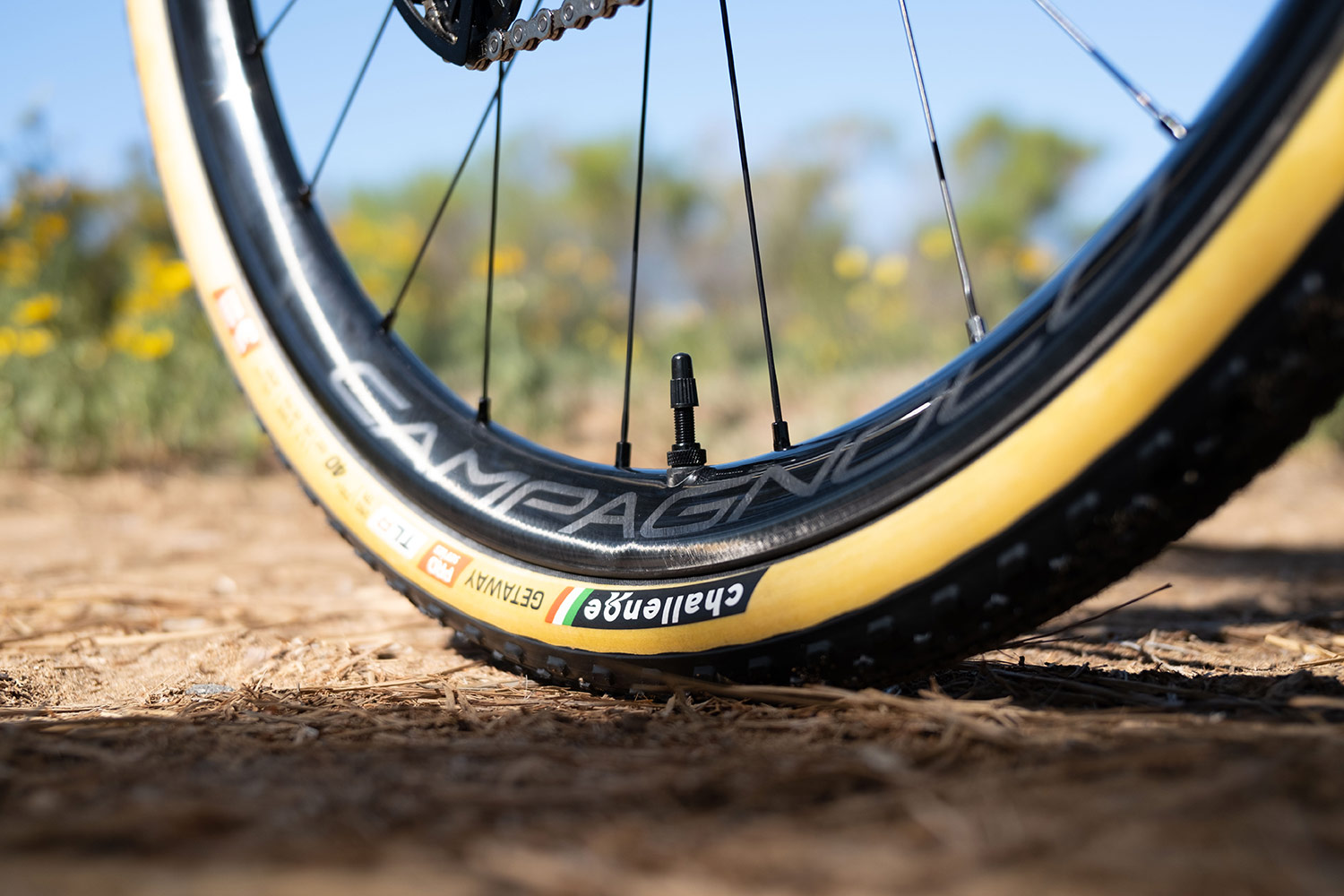
Still here?
Ok then. What follows is my full scoop on these new carbón fibré wunderhoops, Delivered as un-varnished and as transparent as I know how – even to the point of a little bit making fun of Campagnolo as a brand a little because sometimes they’re just so damn uptight and well presented.
Much like they did with the Ekar groupset, Campagnolo reached out to us to preview what they were working on a long long time before these wheels were announced. Why does Campagnolo do this? Why do they care what Rodeo thinks? I genuinely don’t know because we’re not going to move their economic needle significantly by ordering huge containerloads of wheels and groupsets from anytime soon. This isn’t because we don’t like what they make, (we do), but rather because we just aren’t a very big bike company that buys a lot of anything from anyone.
Furthermore, why is Campagnolo previewing their wheels to us in the first place? Don’t they know we have our own wheels that we design and build for ourselves, to our own specifications, thank you very much? Every bike we build and ship around here is customized in one way or another, and about 95% of them go out with our wheels on the build. By any measure our wheels are a great success for us and for our customers as well. And yet Campagnolo showed us this new Levante wheel six months ago, and then went further by sending a set to us directly after so that we could ride them prior to launch. Why? Does any of that add up?
I think it does for the following reasons:
- Campagnolo knows they built a good wheel and are fine having it compared to other wheels because they know it can more than hold its own.
- Campagnolo may suspect that if we at Rodeo like the wheel we’ll say something about it and give it a fair shake.
- If we like the wheels then we’ll be likely to offer them as a standard option, and that’s of course a plus for Campagnolo.
- Maybe Campagnolo knows their default product launch campaigns are (necessarily) a little bit formulaic, and sending wheels to a slightly irritating custom bike builder in Colorado is a good way to put a different narrative accent on a product launch.
So, after the initial Zoom conference presentation with Italy and not much waiting at all a set of Levante wheels arrived at Rodeo HQ sometime in early December 2021. As Intern In Chief I quickly said “those are going on my bike”, and all thoughts of other people sneaking off with them were banished.
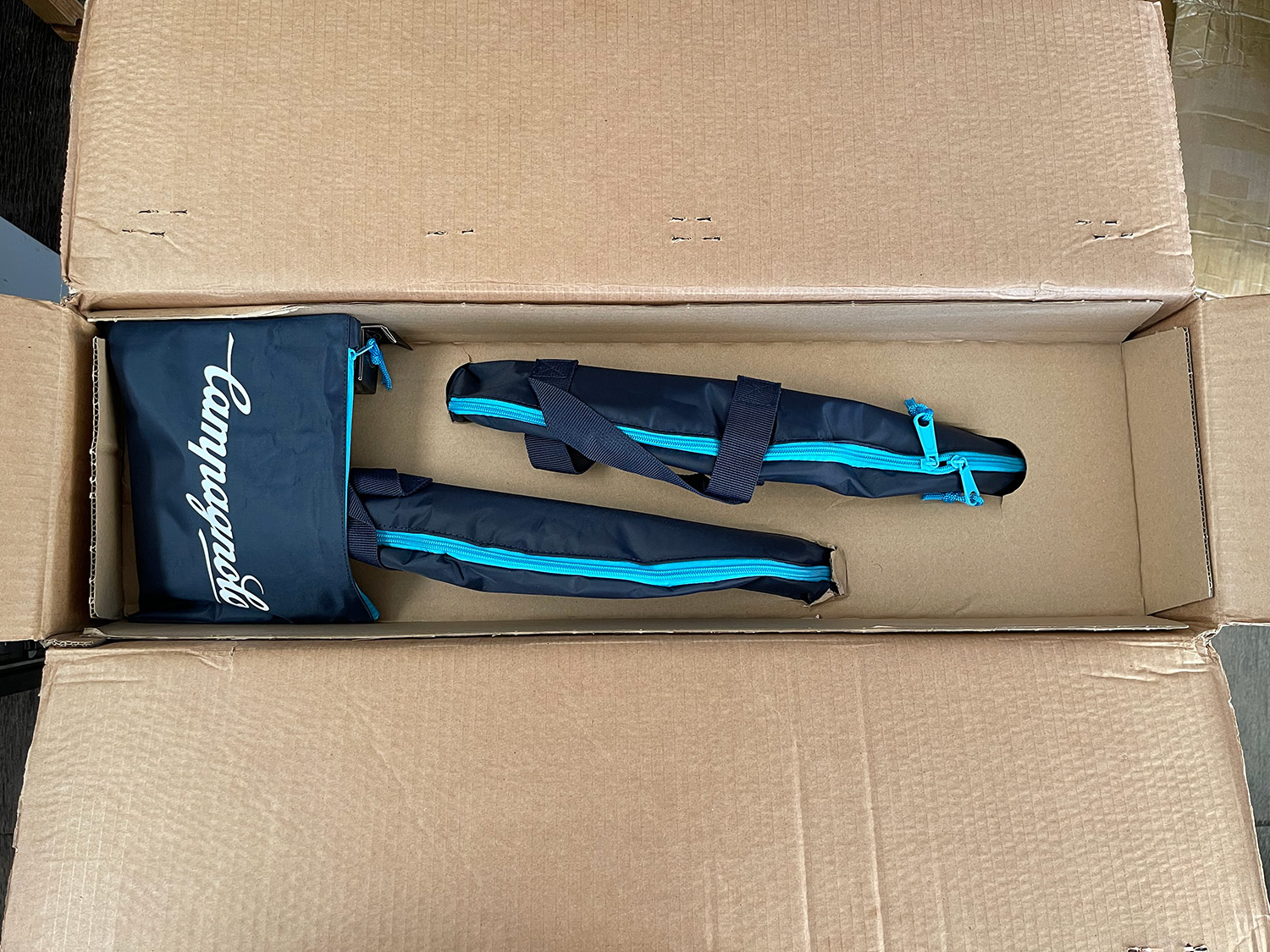
We all gathered around for unboxing, curious of the glossy pre production photos of the wheels translated to real life quality and… yes they absolutely did. I’m just going to say this simply: The Levante wheels are the most nicely finished wheels I’ve ever had on my bike. No, I haven’t had every high end wheel ever made on my bike over the last three decades, but I’ve had a lot, and the finish on these wheels exceeds everything I’ve ever ridden. Campagnolo claims the Levante rims come out of the carbon molds with absolutely zero sanding, finishing, or clear coating. I believe them. There simply isn’t any excess material or resin to clear coat to be seen. The wheels simply look naked and unashamed in the best way. Thankfully Campagnolo didn’t ruin this achievement by plastering logos all over the surface like so many wheel brands. They chose the quiet confidence route by simply laser etching the graphics onto the surface of the raw carbon, creating a subtle but beautiful interplay of gloss and matte finishing. Look, I love how our Rodeo rims look with their debossed logos and matte black finish, but I have to fully admit that we do not have the capability to create a rim that is as downright beautiful as Campagnolo does, and I’m a little jealous of them for it.
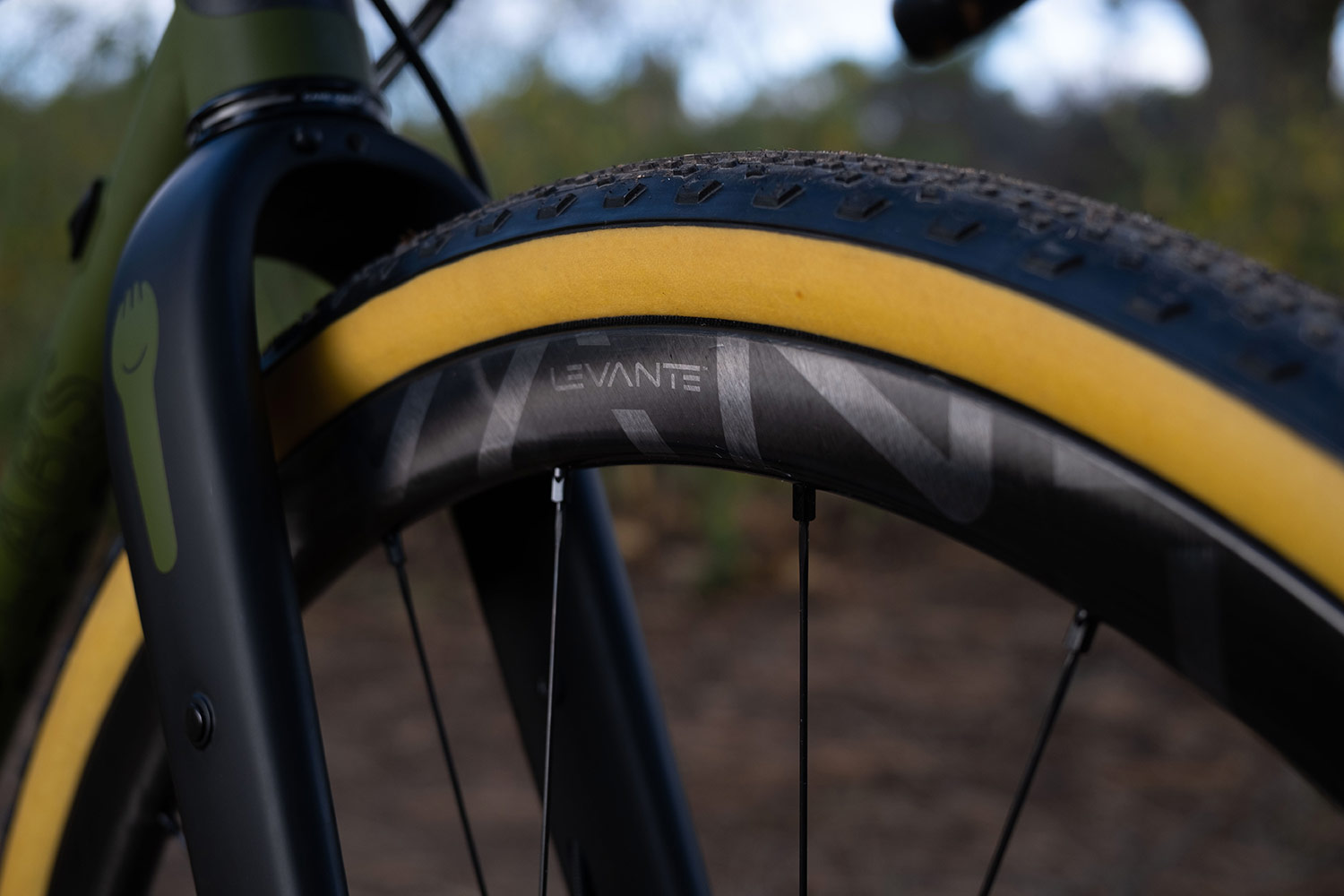
Flippin’ Italians….
Aesthetics only excite me for so long. Rodeo is a “yeah but does it work” company. Functionally there are some nice design choices on the rim. One of my favorites is the sealed rim cavity which requires no rim tape for setting the wheels up tubeless (as they should be set up). There are probably some angry wheelbuilders out there shaking their fists at sealed rim cavities because maybe(?) they are harder to service if something goes wrong out in the field, but considering where I would use these wheels I don’t think that is an issue at all. Levante are only made in a 24/24 spoke configuration, not 28 or 32 spoke, so I’ll never take these wheels on a bikepacking trip. I’ll bet the strength is fine for bikepacking but I need the peace of mind of having 28 or 32 spokes on my rugged use wheels. These Levante wheels seem built for fast gravel, racing, and even pavement if you’re into that kind of thing. In the incredibly unlikely event that you break a spoke or nipple on these out on a ride you’re almost certainly going to make it home anyway, and when you do you can do any repairs there. The spokes are standard enough and the nipples can be navigated into place via magnet. For a bikepacking wheel I do think having accessible spoke nipples is a requirement for on-the-trail serviceability, but the Levante aren’t trying to be that wheel.
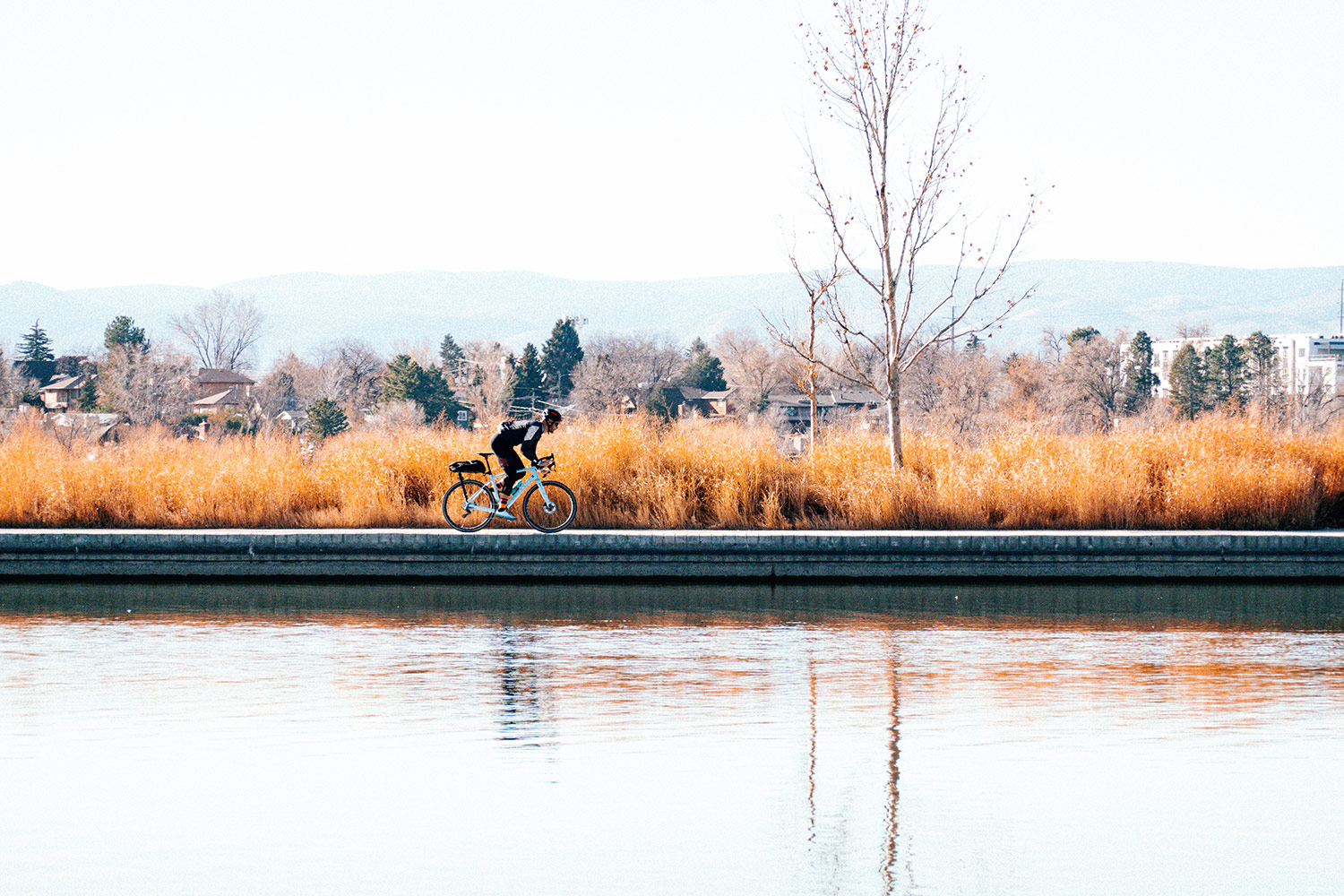
Levante rims are 25mm internal width which is nice and wide. I like that. Drew and Cameron and I at the office had a lively argument about how much one or two millimeters of rim width really impacts riding feel. Drew and Cameron insist that they can DEFINITELY feel that wider rims corner better because the tire resists deforming better. Therefore the handling of the bike is more stable and predictable. I on the other hand think its all hot air. I just don’t think anyone is cornering that hard on gravel tires to the point that their insanely calibrated Spidey senses can perceive minute changes in tire stability. It’s all in your mind, people! Sure, I don’t want a 19mm inner width rim, but can anyone feel the difference between 23 and 25? I don’t think so and of course I’m right about this because I have a keyboard and know how to blog. One thing is for sure though: 25mm internal width rims are most certainly not WORSE handling than a skinnier rim, so wider rims are probably worth being a fan of.
Interestingly Campagnolo lists the tire size range compatibility on these at 38mm through 76mm. That’s a bit of a wild spec. 76mm is a 3″ tire which is a “plus” mountain bike tire size, not a gravel bike tire size. What’s the point of that then? No idea. And why would they list 38mm as a minimum tire size? I also have no idea about that, but since Campagnolo is a member of the ETRTO wheel / tire design group standard I would guess that there is some sort of science backing that number up. Personally I would have liked to see these rims officially supporting something down to a 32mm tire to better cross over into the road space, and my gut tells me a 32mm tire probably would mount up fine, but because ETRTO is ETRTO, you can’t just go ignoring their standards and advice. So don’t go smaller than 38mm, and that’s once again totally fine because these wheels are pretty much for normal gravel stuff and the best tire for normal gravel stuff is for me around 38-45mm. I ran only tires within this range while riding these wheels for the last six months including taking them on 100 mile paved rides. The sensations, as they say, were good.
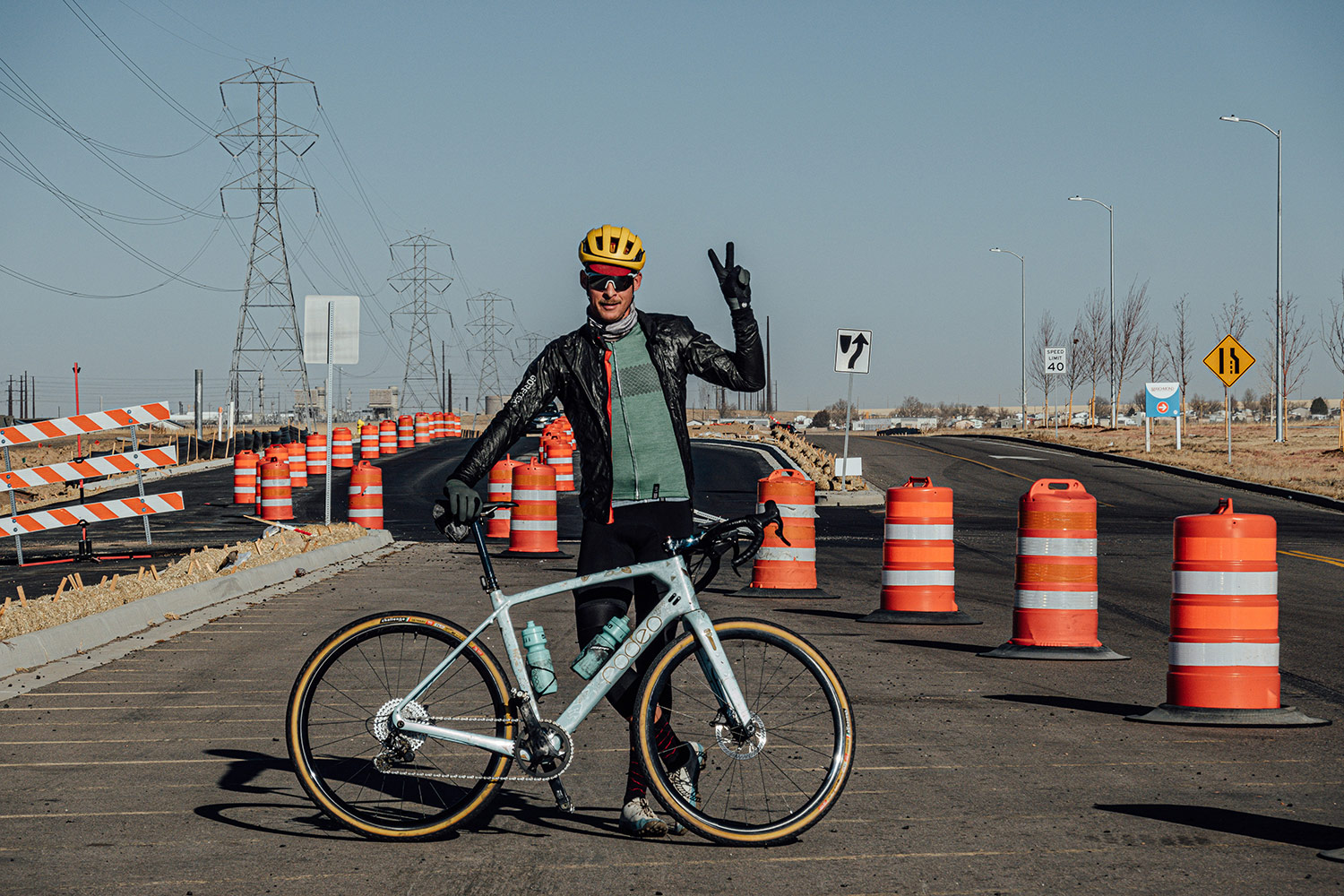
In terms of depth these wheels are pretty neutral which is something that I prefer in a set of gravel wheels. Cross-over roadies who are building gravel bikes sometimes bring their archaic deep dish thinking to the off road side of things, but I think the ideal gravel wheels are somewhere between 28 and 38 mm. That depth allows light weight, good impact strength, and good crosswind performance. The Levante wheels land at 30mm depth which is exactly neutral, and I think pragmatic when it comes to max versatility. I’m sure that based on aero looking shape the rims cut through the wind quite nicely, and I never had any issues keeping up with aero road bikes on any of the long or fast paved group rides that I’ve done on these rims mounted to my TD3. Are they measurably faster or slower than a deeper dish rim or an alternate profile? I have no way of knowing, and I’m not aware of any published tests in that regard, so why speculate?
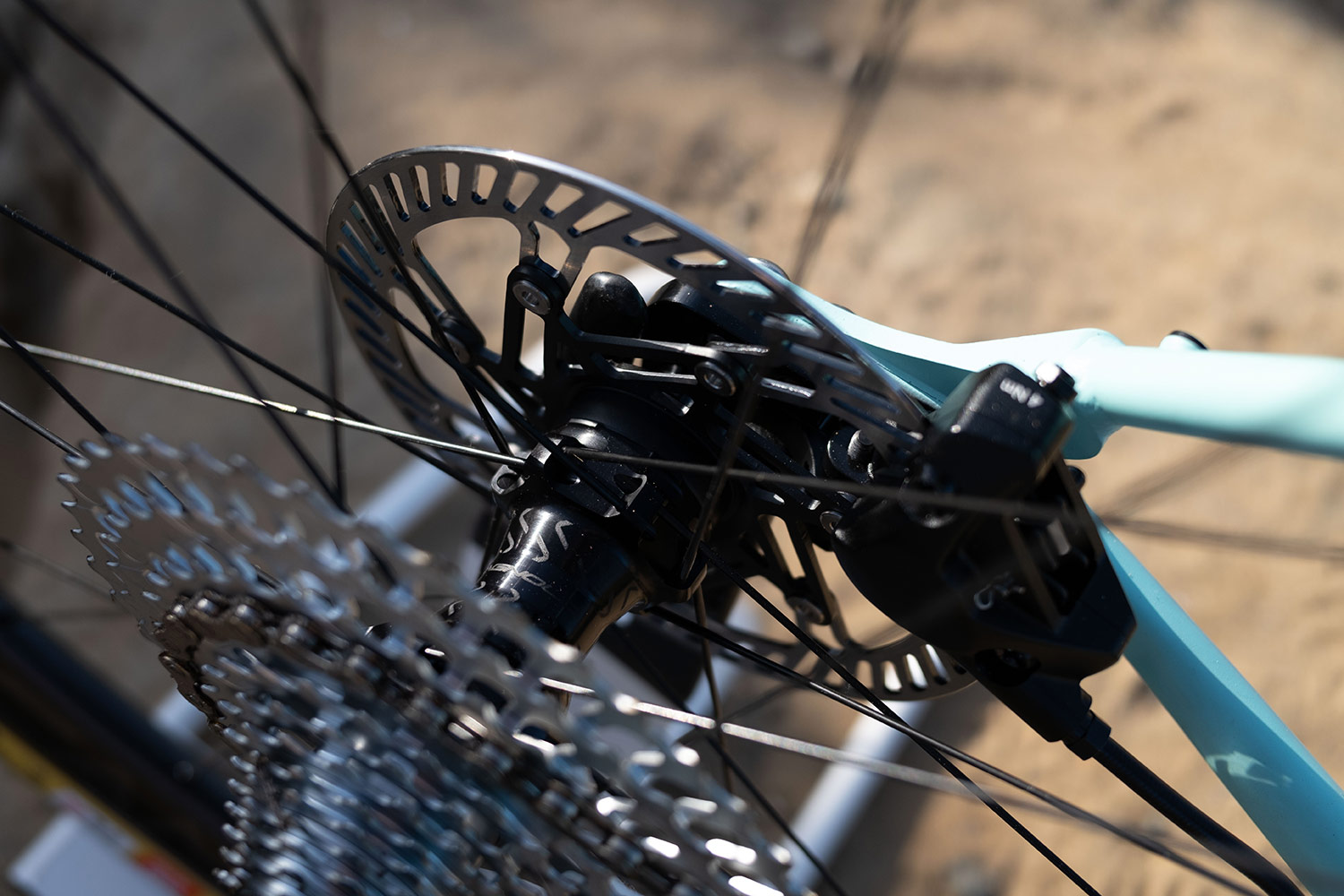
Something else I really like about the Levante wheelset is the hubset. Having specced and shipped countless hubs from boutique and mainstream hub brands in the last six years I feel like I’ve seen the entire spectrum of the state of bike hubs these days. Levante hubs sit VERY high on the high end of the bike hub quality spectrum for me, and not just for me, but also for the techs who work here at Rodeo and build our wheels and bikes. We all gathered around these hubs upon unboxing and installation and did a fair amount appreciating the details. “Campy just does hubs right” said Pancho our lead in-house wheelbuilder. Cameron and Cade agreed. What is it that makes them feel better? There is something uniquely Campagnolo about the sense of precision that the hubs have. They have more parts in the overall assembly than our 2.0 Rodeo hubs made by Bitex, and those extra parts suggest a certain obsessiveness in the design. The cup and cone bearings on these wheels don’t seem to have any particular magic to them, so why then do they just spin and spin and spin so nicely in the stand and on the road? I don’t have the answer to that for you, but the obvious conclusion points to an excellent overall hub design built with high quality individual components.
You can read all of the press release type specifications of these wheels on all of the other websites that have posted about them, but I only want to focus on the things that make these wheels likeable for me.
For the purposes of riding the wheels and drawing conclusions from them in the real life I used a mix of Gravel King, American Classic, and Challenge handmade tires on them. Rolling resistance perceptions changed from tire to tire and my order of preference would be Challenge (Getaway 42) first, then Gravel King (38), then American Classic (45 but really 40mm).
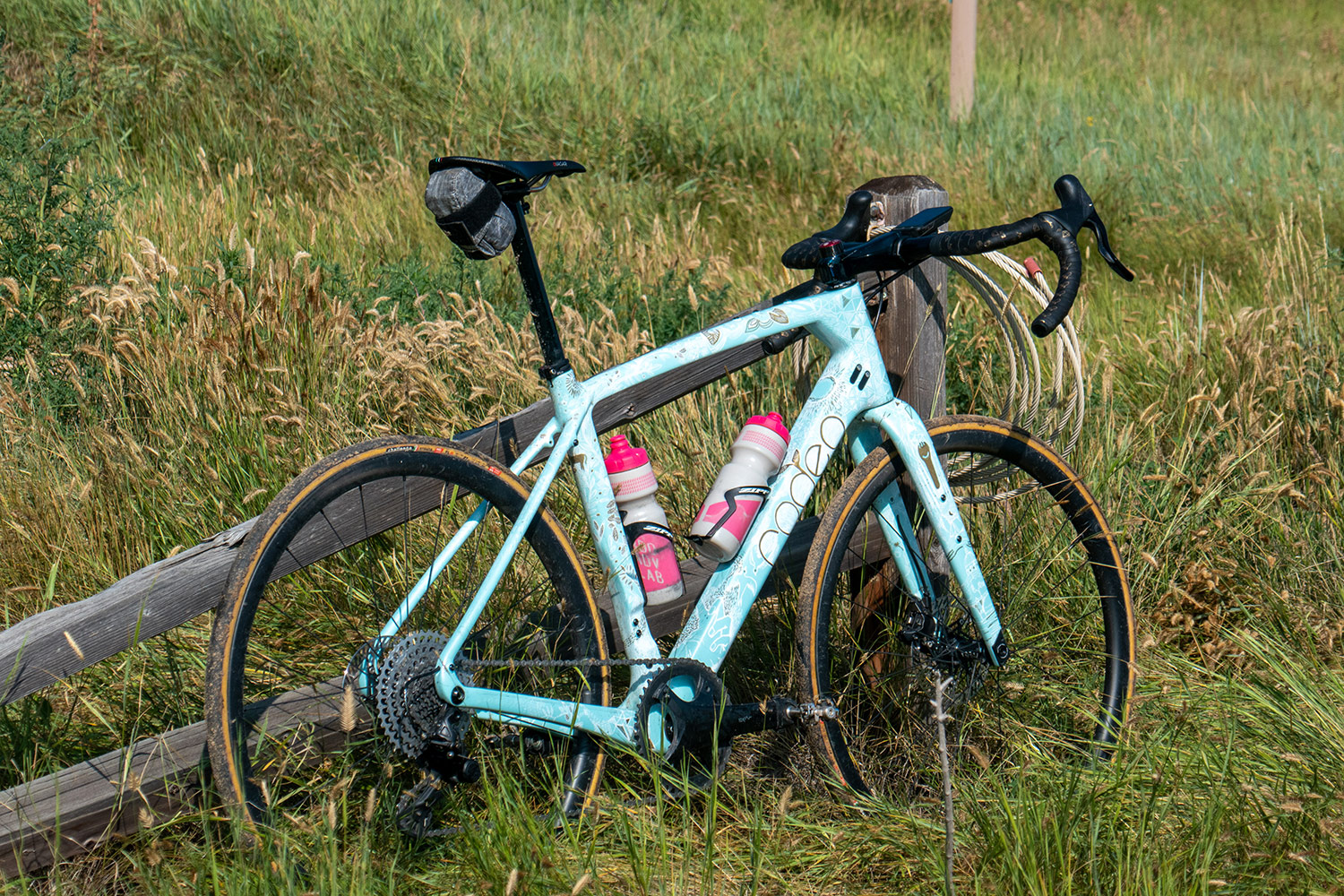
Having been on these wheels for six months now I would estimate that I’ve put between 4000 and 4500 miles on them. They were mounted on my Traildonkey and combined with the Ekar groupset. In the last half year I’ve ridden that bike nearly every day to and from work Monday to Friday on a wide range of conditions from sun to rain to snow. I’ve covered pavement, dirt roads, and singletrack. I’ve ridden alone and on fast group rides. I never took these wheels to a race because of the press embargo on the wheels which required I keep them out of view of prying eyes and cameras.
I think in some ways wheel reviews are utterly subjective and useless. As long as any modern wheel is built generally well, is light, and has good tires on it it will feel good. Phrases such as “gets up and goes”, “rolls really well” and “spins fast” don’t really have any meaning do they? Almost all carbon wheels on mid to high end hubs are functionally interchangeable, right? I think so. You can get into wind tunnel testing or suggest that esoteric qualities of the layup or lacing pattern creating more compliance or stiffness, but I think a large percentage of those qualities are immeasurably vague. So what makes any wheel good or bad or better or worse? to me it comes down to build quality, durability, finish quality, and any feedback that can be gathered while out riding. I went A / B on these Levante wheels and our Rodeo wheels a number of times and in some ways the feel is close, but in others the Levante just felt better in a frustratingly difficult to quantify way. The Levante wheels felt slippery while riding, as if there was simply less passive friction in the hub assembly and freewheel action. They felt a bit more quiet and the hub felt more precise when torqued into the frame compared to the 2.0 hub we used up until recently. These were qualities that I could feel and qualities that I liked. The sub 1500 gram weight of the wheelset helps them feel fast when accelerating and that was most perceptible in fast road group riding settings.
In a way I would describe these wheels as feeling exactly like they should feel, being mid-premium Italian hoops. If you would expect an Italian suit to feel better than an American suit, I think that same analogy applies to these wheels. Combined with the excellent aesthetic detailing on the Ekar groupset the Levante wheels finish the bike off just-so, chef’s kiss, and one gets the sense that you are riding a fully integrated system from top to bottom. Is that measurable? Can I quantify how that differs from the same bike with Rodeo carbon wheels? No, I can’t. But I very much like how my bike feels and rides with this entire system installed. Everything feels right, smooth, quiet, precise, and fast.
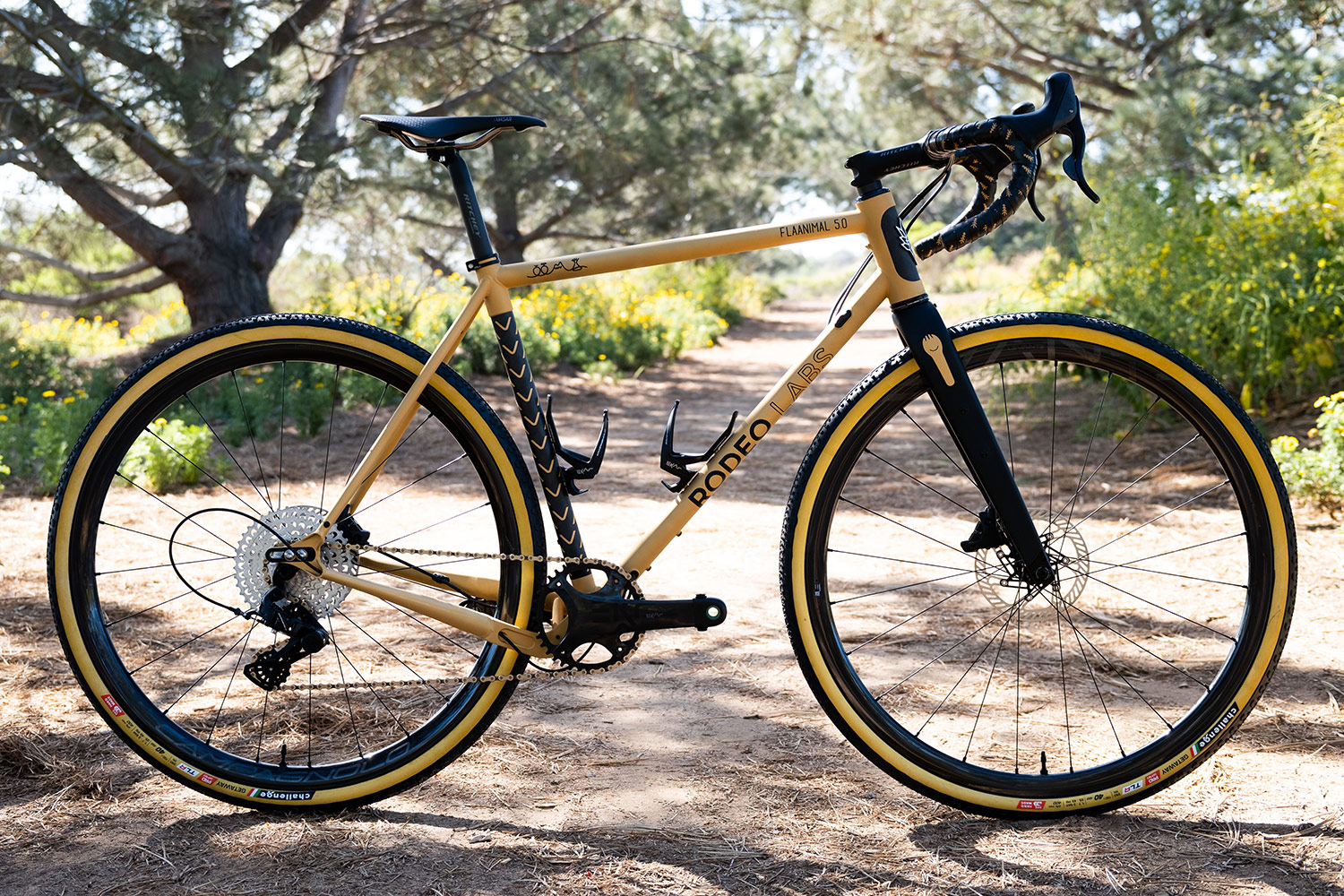
After the considerable abuse I’ve thrown at the wheels in the time that I’ve been on them there have been zero issues that I needed to address. The bearings haven’t developed any play, the build is still perfectly true, and the smoothness of the hubs hasn’t diminished. They feel like they did on the day that I first installed them.
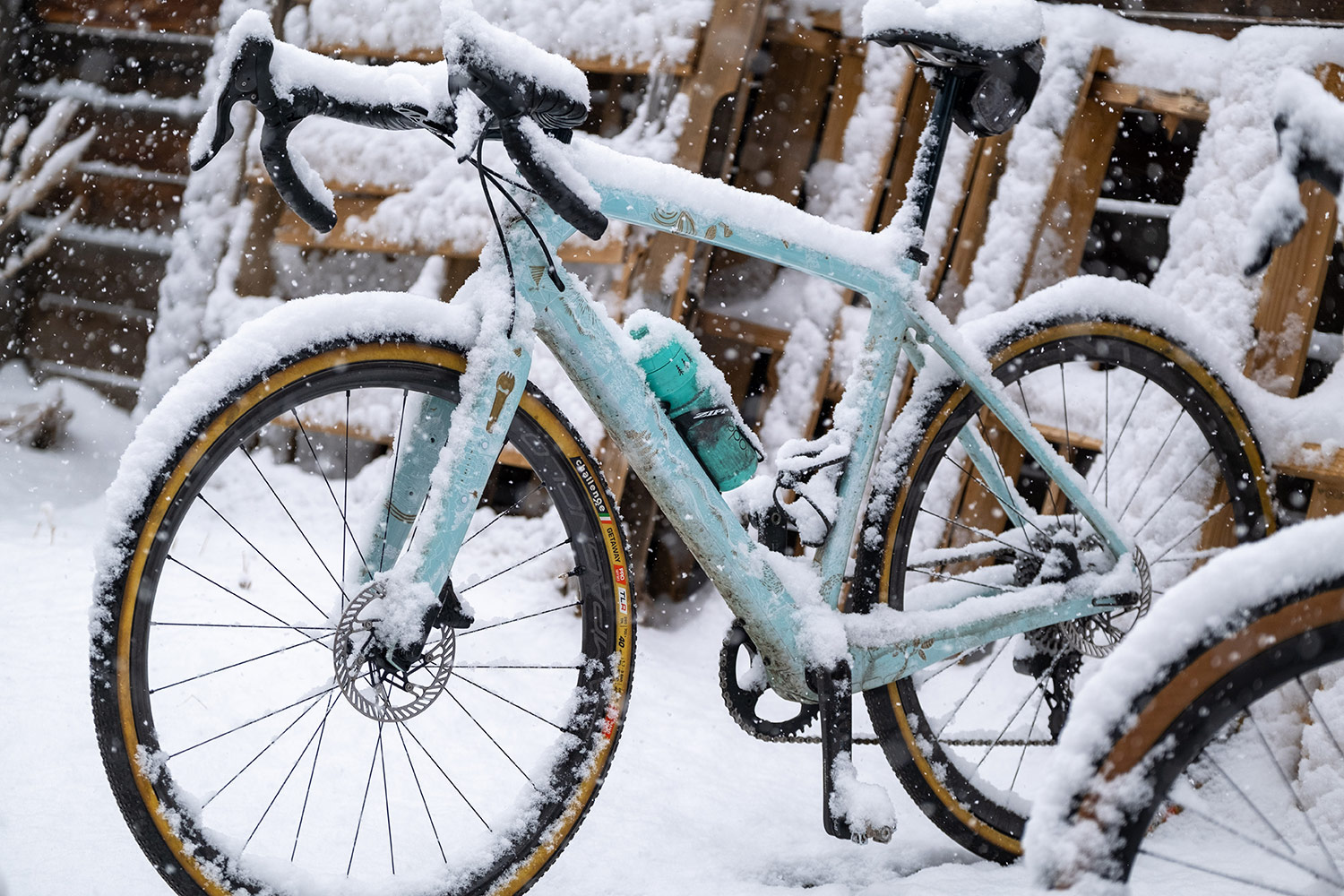
One of my main jobs is to recommend parts to customers when we’re planning their build together. So who then is a match for these Levante wheels and when would I chose them compared to our Rodeo carbon wheels with our newer 3.0 hubs? Most obviously I think these wheels are a perfect match for anyone who choses to put Ekar on a Rodeo Labs bike. The pairing is perfect and seamless. I would also mention them to people who are specifically looking at the fast gravel and racing end of the build spectrum. Would I race them at Land Run, Unbound, or Foco Fondo? Yes, and probably moreso than our standard wheels because they feel like race wheels and I want to feel fast on race day, even if the feeling is mostly in my head
Campagnolo has made available Shimano and Sram freehub bodies so these wheels will work just as well on a Shimano or Sram equipped bike. Is it odd to put a Campy wheel on a bike with a non Campy drivetrain? Maybe for some parts obsessives it is, but on these wheels the branding is so minimal (and beautiful) that I think it compliments any build that you chose to pair the wheels with.
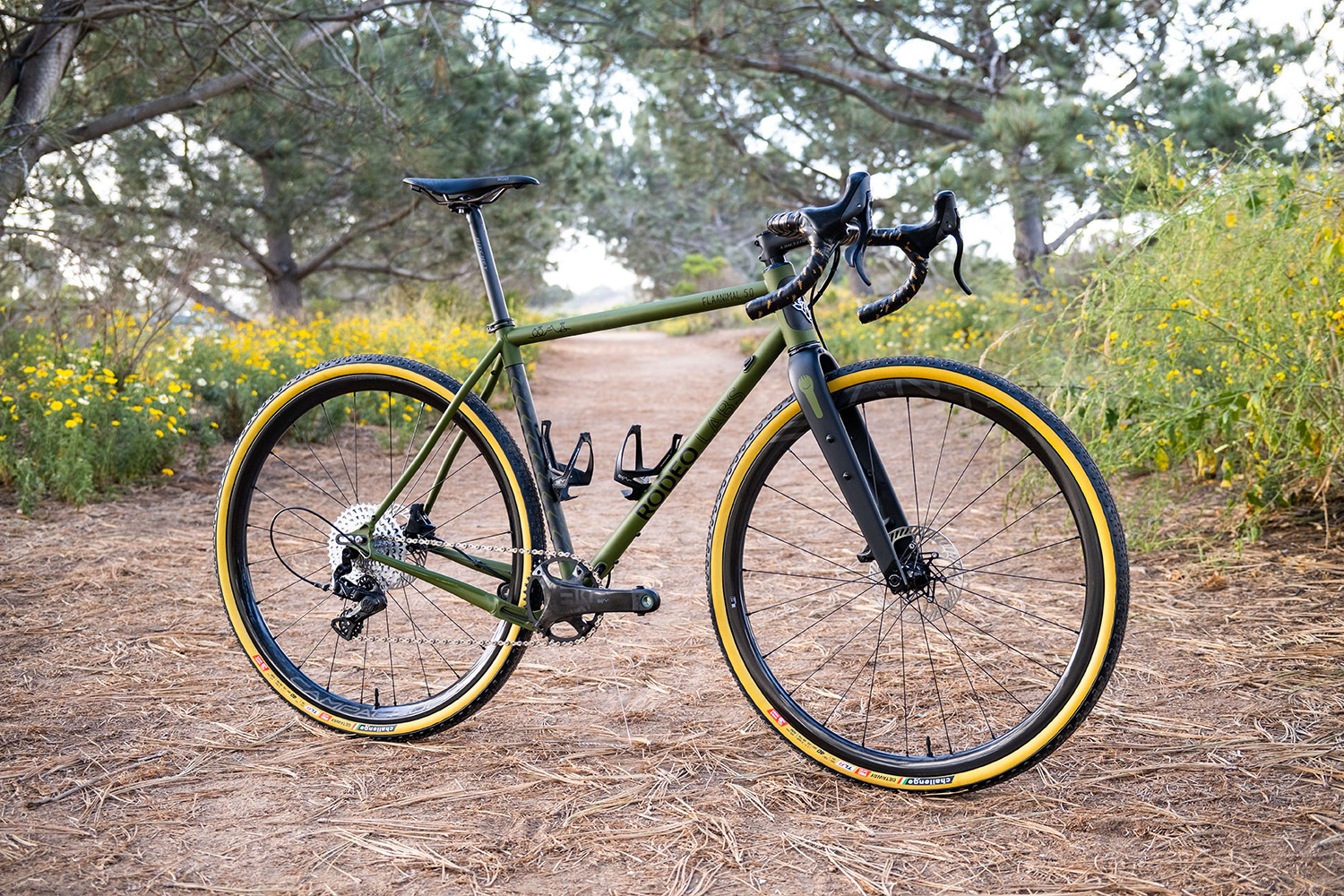
The Levante wheels do come in more expensive than our wheels at retail and on builds that we use them on by about $760. I think the Levantes are fairly priced, but that differential shows a bit of the efficiencies we achieve building our own wheels in-house. Interestingly a non trivial portion of the price difference between the two has to do with shipping costs getting the Levante wheels from Italy to the USA. Shipping is just a big challenge these days.
For that extra cost you get much more impressive rim finishing, more detailed hub construction, possibly better rolling / feeling bearings, and that utterly lovely sealed rim bed that makes tire installations and swaps so so so much nicer than taped wheels.
In conclusion
Campagnolo has made an absolutely lovely set of wheels with these Levantes, and I use that word on purpose because the word lovely implies elegance and beauty. Aside from great function this is the defining characteristic of these wheels.
I’ll keep poking fun at any brand playing the product launch game so repetitively as Campy did with the Levante launch, but at the end of the day these wheels function perfectly. Levante are staying in my permanent fleet, and on my favorite personal bike that I put the most miles on out of all of my bikes. What more favorable conclusion can I draw about them than that? A few months before launch I was convinced enough by these wheels to order a bunch of sets of them for Rodeo inventory so that we would have a good supply to offer to customers on launch day. They’re really the only other wheel besides Rodeo wheels that we’ve chosen keep a stock of.
When I’m talking about a bike build with a customer that matches up with the overall qualities of the Levante I won’t just mention these wheels, I’ll recommend them as the best overall choice.
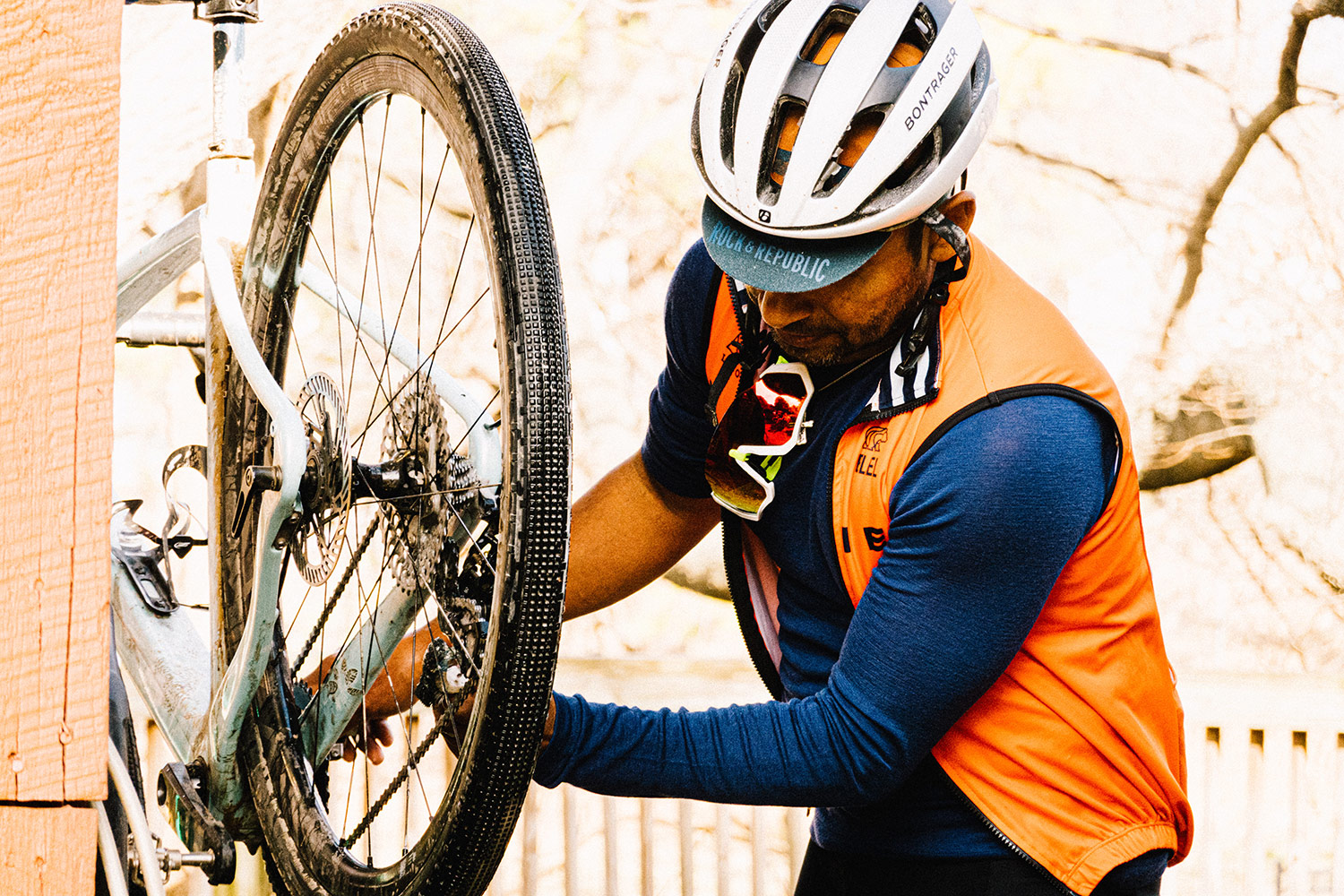

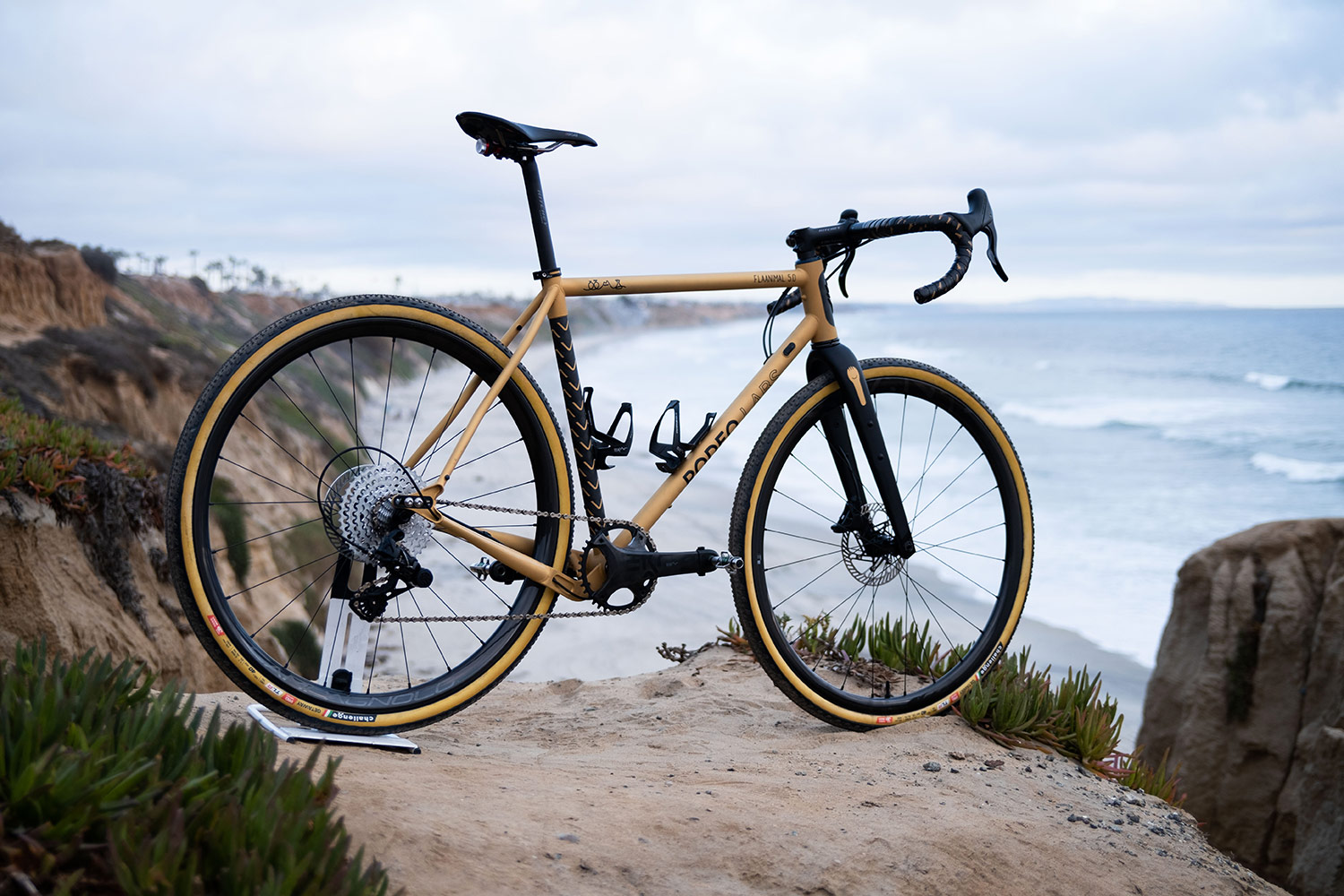
1 Comments
Really enjoyed the read, looking forward to unbox my wheels tomorrow (arrived today) and pair them with Ekar as soon as my chinese frame set arrives.